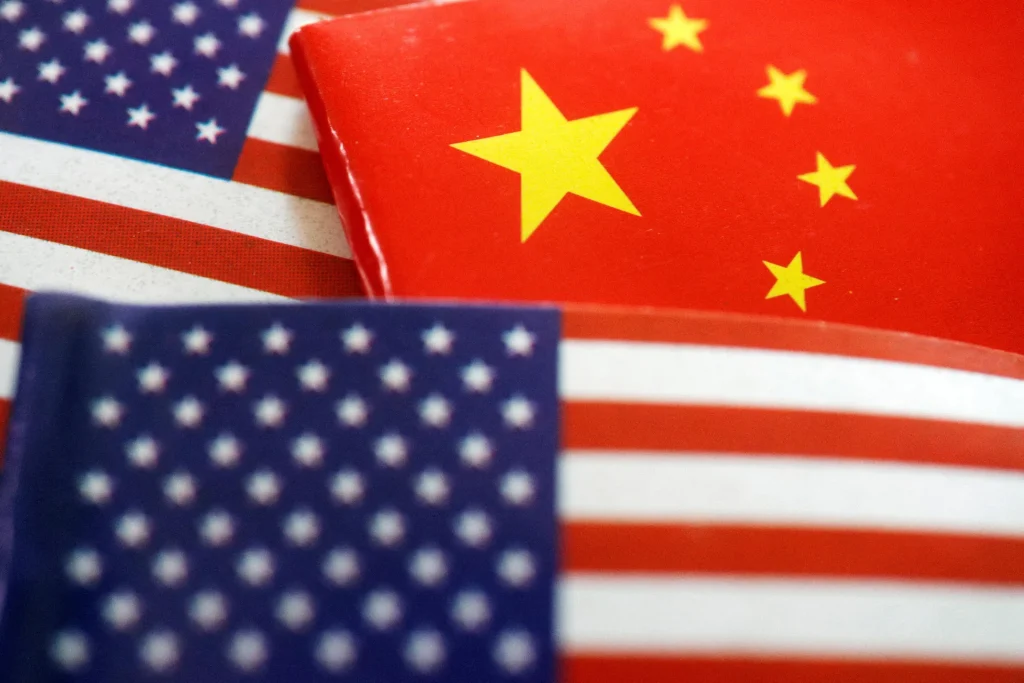[SINGAPORE] While the US and China seemed to have avoided a devastating economic conflict with a framework agreement on Wednesday (Jun 11) after two days of intense negotiations, damage to the world’s richest trading relationship has already been done.
Based on figures from Trade Data Monitor, Chinese shipments to the US in May plummeted 34.4 per cent year on year to US$28.8 billion – the steepest decline since pandemic disruptions began in February 2020, as Beijing rerouted trade flows.
Meanwhile, Chinese imports from the US in May fell 17.9 per cent to US$10.8 billion, suggesting a “collapsing” trading relationship between the two biggest economies, noted John Miller, chief economic analyst at Trade Data Monitor.
Overall, Chinese exports in May increased 4.8 per cent on the year to US$316.1 billion, and imports declined 3.4 per cent to US$212.9 billion.
Trade reconfiguration
“The global trading system is going through its biggest reconfiguration since China’s accession to the World Trade Organization in 2001 launched its historic export boom,” said Miller.
He pointed out that as the US market is drying up, manufacturers based in China are left with a hard decision – relocation or selling to other markets.
A NEWSLETTER FOR YOU

Friday, 8.30 am
Asean Business
Business insights centering on South-east Asia’s fast-growing economies.
In May, Chinese exports to 11 different trading partners increased at least 10 per cent on the year, four of which are Asean countries.
Shipments from China to Asean nations rose 15.2 per cent to US$58.4 billion. In particular, China’s exports to Vietnam increased 22.2 per cent to US$17.3 billion, and exports to Thailand grew 21.8 per cent to US$8.8 billion.
Singapore shipments from China were up 12.8 per cent at US$7.7 billion.
Soybean purchases as political lever
China – the world’s top soybean consumer and once a major US buyer – saw imports surge to a record level in May. The country purchased 13.9 million tonnes worth US$6.1 billion, representing a 36.2 per cent year-on-year volume increase and a 22.6 per cent rise in value.
“Chinese negotiators know they have leverage with soybean imports from the US, and Beijing’s been cutting off its buying,” said Miller. In the first four months of 2025, US soybean exports to China dropped 51.3 per cent to US$2.4 billion.
Meanwhile, China has been snapping up soybean cargo from Brazil, the world’s top soybean exporter. Imports from Brazil increased 9.6 per cent to US$11.3 billion.
While both powers have revived the trade truce to potentially ease tensions, the question is how much the two countries can sustain trade in the meantime, noted Miller.


